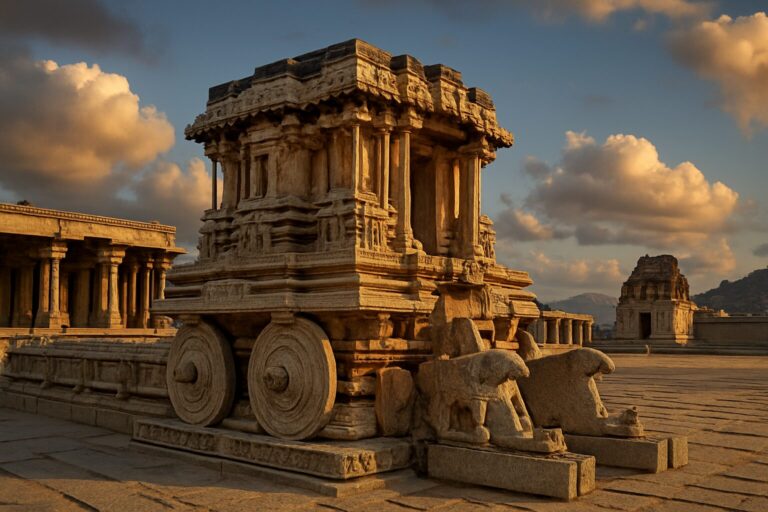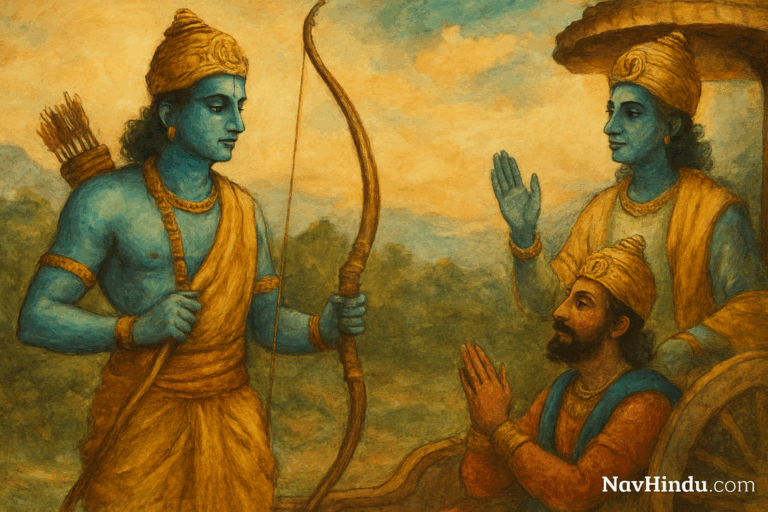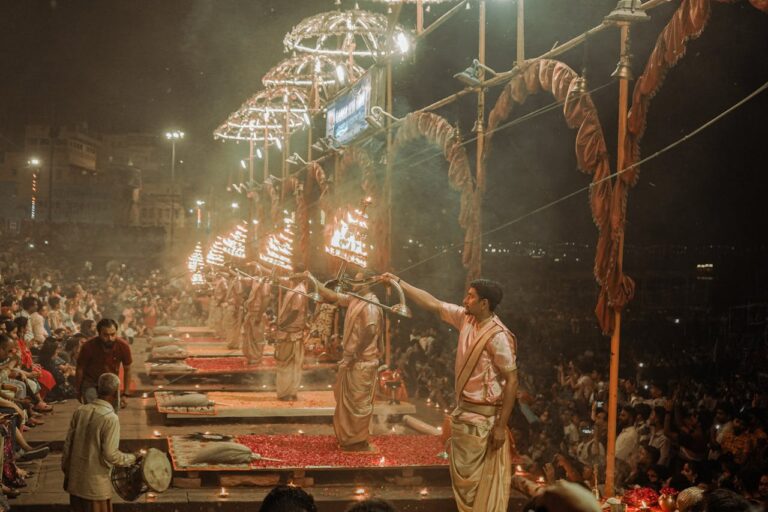India isn’t just a country — it’s a continent disguised as a nation.
A land where languages change every few hundred kilometers, where a single train journey can take you from the sound of Hindi ghazals to Tamil temple chants, and where communication is as colorful as the culture itself.
If you’re planning to travel here, there’s one golden tip:
The more local words you know, the richer your experience will be.
While English is widely spoken in cities, the true magic of India often lies in smaller towns, villages, and personal connections — places where people will welcome you warmly when you speak even a few words in their own tongue.
In this guide, we’ll explore how to translate English into Hindi, Bengali, Marathi, Tamil, Telugu, and Kannada — the six most widely spoken languages of India — and why learning even the basics can transform your trip.
1. Why Language Matters in India
- Connect Beyond Tourist Lines: A chai seller in Varanasi or a fisherman in Kerala may not speak fluent English, but they’ll open up instantly if you greet them in their own language.
- Better Negotiations: Whether it’s buying spices in a market or booking a rickshaw, knowing local terms can help you avoid the “tourist price.”
- Cultural Respect: In India, language is identity. Even trying to speak a few words shows you respect the culture, and this is valued deeply.
2. Understanding the Linguistic Landscape
India has 22 official languages and over 1,600 dialects. But the six we’re focusing on here cover the majority of the population:
| Language | Spoken In | Approximate Speakers |
|---|---|---|
| Hindi | North & Central India | 600+ million |
| Bengali | West Bengal, Tripura | 230+ million |
| Marathi | Maharashtra | 95+ million |
| Tamil | Tamil Nadu, Puducherry | 80+ million |
| Telugu | Andhra Pradesh, Telangana | 80+ million |
| Kannada | Karnataka | 60+ million |
3. Quick Translation Resources
Here’s how you can translate on the go:
a) Apps
- Google Translate – Works offline if you download language packs.
- Microsoft Translator – Smooth voice-to-voice translations.
- iTranslate – Great for travelers, with phrasebooks.
b) Phrasebooks
Offline phrasebooks are lifesavers when your battery dies or there’s no signal.
Look for Lonely Planet’s “India Phrasebook,” which covers multiple languages.
c) Learning Platforms
- Duolingo – For Hindi basics.
- italki – Find native tutors for short-term crash courses.
- Memrise – Learn travel-specific vocabulary.
4. Key Travel Phrases in 6 Indian Languages
Here are some quick essentials:
| English | Hindi | Bengali | Marathi | Tamil | Telugu | Kannada |
|---|---|---|---|---|---|---|
| Hello | Namaste | Nomoskar | Namaskar | Vanakkam | Namaskaram | Namaskara |
| Thank you | Dhanyavaad | Dhonnobad | Dhanyavaad | Nandri | Dhanyavaadalu | Dhanyavaadagalu |
| How much? | Kitne ka hai? | Koto taka? | Kiti paise? | Evvalavu? | Enta? | Eshtu? |
| Yes | Haan | Hya | Ho | Amam | Avunu | Haudu |
| No | Nahi | Na | Nako | Illai | Kadu | Illa |
5. Tips for Quick Language Pickup
- Learn Greetings First – They’re the easiest way to break the ice.
- Listen More Than You Speak – Your ears will pick up patterns quickly.
- Use Gestures + Words – Body language helps fill the gaps.
- Practice Numbers & Money Terms – Super useful in markets.
- Record and Replay – Use your phone’s recorder to capture pronunciations.
6. When Translation Apps Fail
In rural areas, internet might be slow or unavailable. That’s when:
- Having an offline dictionary saves you.
- Writing words in Devanagari, Bengali, Tamil, Telugu, or Kannada scripts can make a difference.
- Using local slang can surprise and delight locals.
Example: In Mumbai, saying “Bhai, kaam ho jayega na?” (Brother, can you get it done?) is friendlier than simply asking “Can you do it?”
7. Cultural Nuances in Communication
- Hindi speakers might respond warmly if you add “ji” (a respectful suffix), like Namaste ji.
- Bengalis love a good “Nomoskar” — said with both palms together.
- Tamils and Telugus appreciate if you learn correct vowel lengths, as it can change meanings.
- Kannadigas may offer extra help if they see you’re trying to speak Kannada in Bengaluru.
8. Why Multi-Language Basics Beat Just Hindi
While Hindi is widely understood in the north and central belt, South Indian states prefer their own languages. Using Tamil in Chennai or Kannada in Mysuru will always earn you more smiles than defaulting to Hindi.
9. Bringing It All Together
Travel in India is as much about people as it is about places.
When you greet someone in their own tongue, you’re not just translating words — you’re translating respect, curiosity, and an openness to connect.
And who knows? That one Namaskaram or Dhonnobad might just turn a stranger into a friend, unlock an unforgettable travel tip, or get you invited to a local wedding.
Discover more from Nav Hindu
Subscribe to get the latest posts sent to your email.







